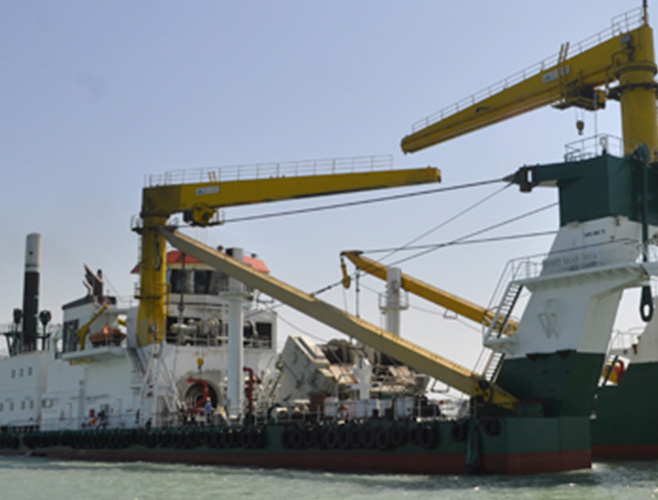


Mississippi River downstream of River Mile 857.6 (near the Soo Line Rail crossing near St.The MPCA may require a State Disposal System (SDS) permit for storing, treating, disposing, or reusing dredged materials on land in Minnesota if the material was dredged from navigational channels, harbors, docks and marinas, and similar projects. If the dredge project is in these listed areas, a permit is required for volumes greater than 3,000 cubic yards that will be stored or reused. If your project involves dredging a stormwater pond, please see the Stormwater sediment removal projects section at the bottom of this page. The MPCA also reserves the right to require a permittee to obtain an individual NPDES/SDS permit for dredging activity. The Department of Natural Resources regulates dredging activities, but dredging work is subject to the MPCA's water quality standards (see Minnesota Rules chs. The type of dredging operation, its location, and contaminants in the dredged material will determine how the MPCA regulates the project. Carriage water and hydrostatic water from hydraulic or mechanical dredging processes, and stormwater runoff from sites where dredged material is stored or managed, can cause harm if it reaches surface water or groundwater. For example, sediment might be dredged from lake or river bottoms to accommodate shipping traffic in a commercial port or recreational boating in a marina.ĭredged material can affect the environment. Dredged material is material excavated at or below the ordinary high water level of waterbasins, watercourses, public waters, or wetlands (defined in Minn.


 0 kommentar(er)
0 kommentar(er)
